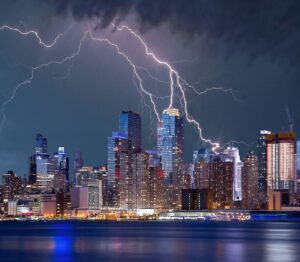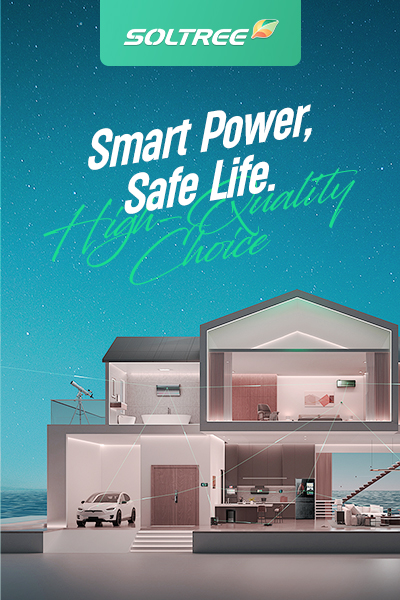In today’s homes and workplaces, there is a greater risk of abrupt electrical surges that might silently harm important safety systems and equipment.
Surge Protective electronics (SPDs) keep electrical systems and sensitive electronics safe against temporary overvoltages, which can cause expensive failures and keep them safe for a long time.
Without the right surge protection, even a small lightning strike or electrical switch might damage your whole installation. SPDs protect both infrastructure and connected devices by providing many layers of defense. Before designing new buildings, restorations, or upgrades, it’s important to know what their job is and what the rules are about them.
What are transient overvoltages?

Power surges can happen at any time, and the harm they do isn’t often easy to see right away.
Transient overvoltages are transient bursts of voltage that happen when energy is released quickly, either naturally (like lightning) or artificially (like when you switch on a light).
The strength and frequency of these surges are different. Natural transients usually happen when lightning strikes overhead lines, but man-made surges happen when motors, transformers, or modern appliances are switched on. If there is no surge protection, both types can pose substantial threats to homes and businesses.
How do transient overvoltages occur?
You might not be able to see the reason, but frequent concealed surges can slowly damage your electrical system.
Switching motors, transformers, and modern electronic devices causes man-made transients. Lightning strikes that damage neighboring power or phone lines often cause natural transients.
Surges caused by people
More and more homes with electric vehicle chargers, heat pumps, and appliances that can change speed are getting these. These kinds of technologies cause circuits to flip on and off a lot, which puts stress on them.
Surges in nature
Indirect lightning strikes are strong enough to go through buildings and other structures. Even if the hit is kilometers away, the surge might get into your home through wires and cause huge problems.
| Source of Surge | Typical Scenario | Impact |
|---|---|---|
| Motor/Transformer switching | Domestic appliances, industrial machinery | Gradual wear or sudden failure |
| EV charging/Heat pumps | Modern energy systems | Higher surge frequency |
| Lightning strikes | Overhead power or telecom lines | Severe damage to circuits |
Do I have to have SPDs installed?
Electrical rules have changed over time, and following them is more important than ever.
BS 7671:2018 says that SPDs are needed in all types of buildings unless a risk assessment shows that they aren’t needed. This means that they are necessary for new builds and rewired installations.
The most recent IET Wiring Regulations do away with exceptions that used to apply to particular homes. Surge protection is now something that every installation, whether it’s for a home, a business, or an industry, needs to think about. The little cost of SPDs is generally less than the expense of repairing electronics, safety systems, or dealing with insurance claims. In fact, a lot of insurance companies now require proof of surge protection before they will pay for damage to equipment. If there isn’t enough room, SPDs can be added to existing consumer units or put outside.
Conclusion
In today’s electrical world, surge protective devices are no longer optional extras; they are essential safety measures. They keep infrastructure, appliances, and people safe from both natural and man-made surges. SPDs are a minor expenditure that provides a lot of protection because the law requires their usage. Homeowners, businesses, and installers may make better choices when they know what transient overvoltages are, what causes them, and what the rules say. Using SPDs guarantees compliance, safety, and peace of mind, whether you’re building something new, remodeling, or just trying to protect your current equipment.



